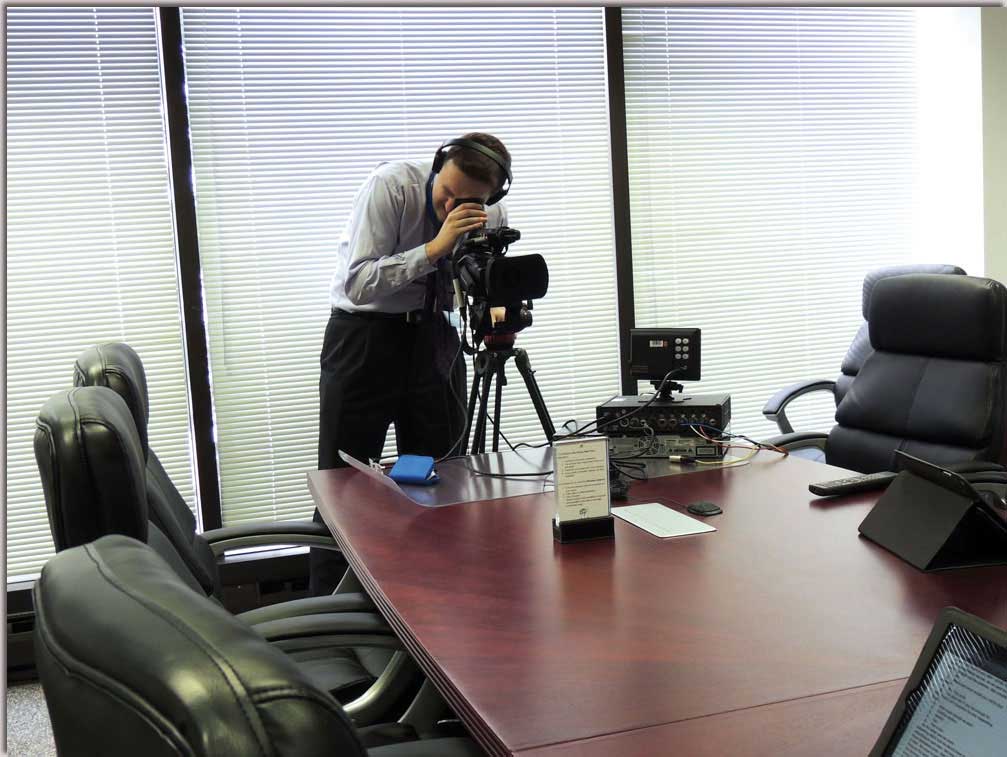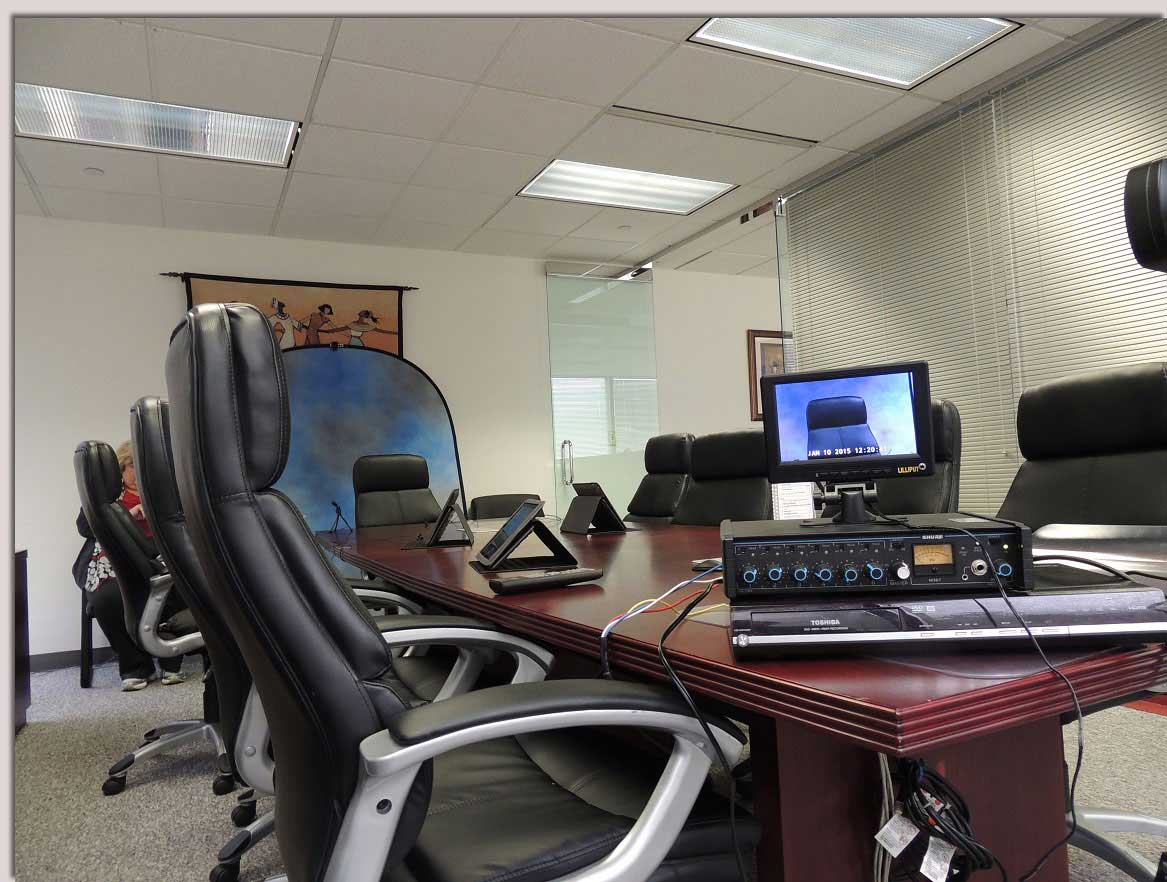Expert-Led Legal Videography for Courtroom Success.
Expert-Led Legal Videography for Courtroom Success.
Blog Article
Why Legal Videography Is Important for Accurate Legal Record-Keeping
In the world of lawful procedures, the accuracy of record-keeping is vital, and lawful videography arises as a vital tool in this context. As we explore the complex benefits of lawful videography, one have to consider its implications for the future of judicial integrity and openness.
Relevance of Visual Proof
Establishing the relevance of aesthetic evidence in lawful proceedings is critical for making sure exact record-keeping and boosting the general stability of the judicial process. Aesthetic evidence serves as a vital tool in recording occasions, conditions, and various other relevant information that might be necessary to a situation. Unlike written accounts, which are prone to analysis and predisposition, visual recordings give a goal, unalterable representation of truths as they occurred.


This type of proof can capture a selection of aspects, including witness habits, ecological context, and physical proof, all of which might affect judicial outcomes. By offering a clear and comprehensive visual story, legal videography gets rid of obscurity and helps to maintain the credibility of the proof.
Additionally, aesthetic evidence can be important in lowering disputes over valid inconsistencies, as it permits a direct comparison versus testimony and various other recorded documents. In an era where digital modern technology is increasingly common, the capacity to existing aesthetic evidence effectively can dramatically enhance the overall high quality of lawful process. Eventually, the unification of aesthetic evidence not just strengthens the documentation process but also enhances public rely on the judicial system by promoting transparency and responsibility.
Enhancing Statement Credibility
The combination of legal videography into court room process substantially boosts the integrity of witness testimony. By catching the nuances of verbal and non-verbal interaction, video recordings give an even more detailed representation of a witness's disposition, feelings, and dependability. This visual documentation permits jurors to observe the witness's body movement, facial expressions, and total conduct, which are important elements that can affect their assumption of testimony credibility.
In addition, legal videography reduces the capacity for misinterpretation or distortion of statement that may occur in written records. Viewers can see and listen to the testimony as it existed, ensuring that the context and tone are maintained. This authenticity fosters a better sense of trust fund among jurors, that might be extra inclined to think testimony that they can witness firsthand.
Furthermore, the existence of video footage can hinder witnesses from supplying deceptive or exaggerated declarations, as they know that their testimony is being taped. This responsibility reinforces the stability of the judicial procedure. Ultimately, lawful videography offers as an important device in guaranteeing that witness testament is not just accurately illustrated yet also checked out with enhanced trustworthiness by all parties included.
Comprehensive Document Conservation
Comprehensive document preservation is vital for maintaining the honesty of lawful proceedings. Legal videography acts as a critical tool in this procedure, providing a precise visual and acoustic account of testaments, depositions, and various other turning points in an instance. Unlike typical written records, video recordings capture the nuances of body language, tone, and emotion, which are important for comprehending the context and intent behind declarations made during legal procedures.

Additionally, the capability to examine video proof enables legal specialists to determine vital details that might have been ignored in written documents. By preserving a thorough archive of lawful proceedings via videography, law practice can maintain the highest criteria of precision and liability, inevitably adding to a fairer judicial procedure.
Improving Lawful Procedures
Streamlining lawful process is necessary for enhancing performance and decreasing hold-ups within the judicial system. Lawful videography functions as a crucial tool in accomplishing this goal by providing clear and exact visual paperwork of court hearings, Recommended Site depositions, and testaments. This technology permits real-time recording, making sure that all spoken and non-verbal signs are caught, which can promote quicker resolution of disputes.
The combination of videography right into lawful processes lessens dependence on traditional techniques, such as extensive transcripts, which can be taxing to generate and assess. By having access to taped video, lawyers can swiftly reference crucial minutes, boosting their ability to prepare and present situations successfully. This immediacy also aids in the clearing up of statements, lowering the possibility for misconception.
Moreover, visual documentation cultivates a much more interesting court room experience for jurors, aiding them to realize complex details much more conveniently. Inevitably, legal videography improves communication among all parties involved, from attorneys to courts to jurors, consequently advertising a much more effective judicial process (legal videography). In an age where time is essential, accepting this innovation is crucial for the contemporary legal landscape
Admissibility in Court
Exact documents is important not just for effectiveness but additionally for guaranteeing that proof is acceptable in court. Lawful videography offers as an essential tool in this procedure, supplying a dependable aesthetic record visite site of testaments, statements, and occasions.
To be considered permissible, legal videography has to adhere to established methods, such as proper devices use, suitable lights, and clear audio capture. Furthermore, it is necessary to have actually qualified videographers that understand the legal demands surrounding evidence collection. The chain of safekeeping have to also be kept to avoid any kind of insurance claims of meddling or change.
Additionally, legal videography can boost the persuasiveness of evidence by supplying jurors with a direct view of the statement, enabling an extra engaged understanding of the situation. In recap, the integration of legal videography right into record-keeping not just sustains performance but also reinforces the stability and admissibility of proof in court process.
Conclusion
In conclusion, lawful videography plays a pivotal duty in ensuring exact lawful record-keeping by supplying objective visual paperwork. Ultimately, the unification of legal videography into the judicial procedure advertises openness and boosts public trust in the click resources honesty of the legal system.
Report this page